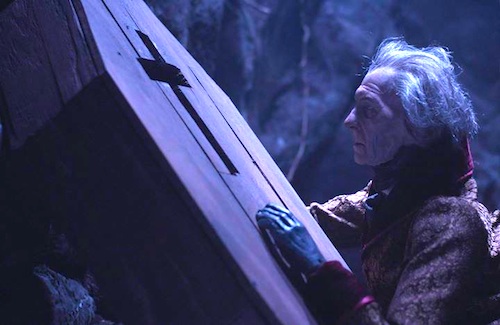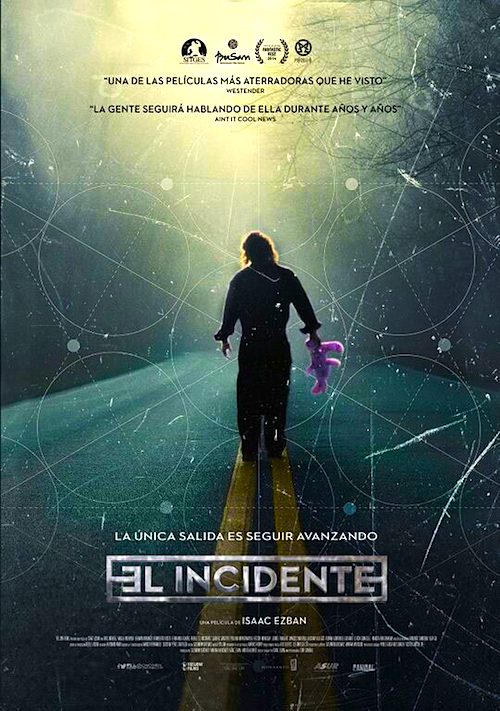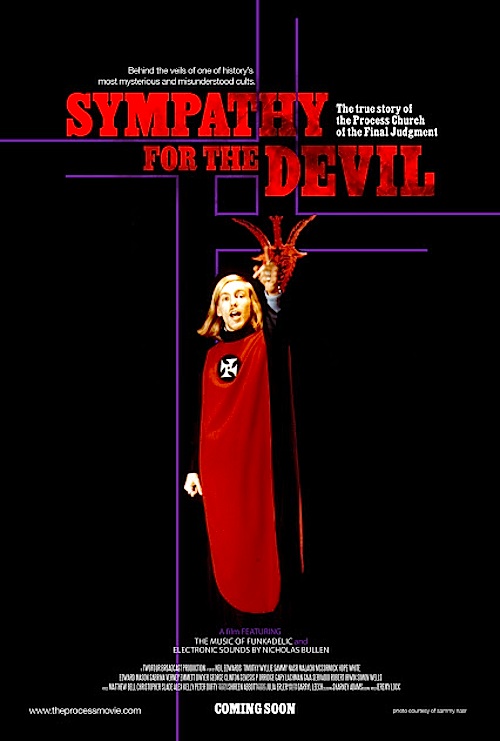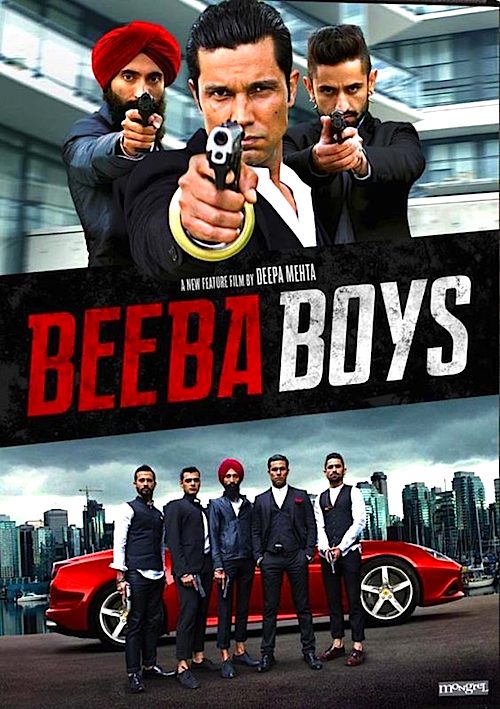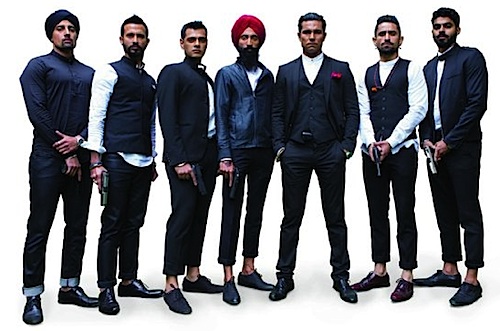
By Joe Bendel. Jack Pashkovsky was sort of the Vivian Meier of Hollywood, but he lived a more fulfilling life. He wanted to be a Hollywood cameraman, but he found the nepotistic fix was in at the union. Undaunted, Pashkovsky still managed to work with and document the movie stars that fascinated him, but he contented himself with a conventional still camera instead. Barry Avrich introduces viewers to the late Pashkovsky and gives us a peek inside his largely unseen treasure trove of photos in the short documentary, The Man Who Shot Hollywood, which screens during the 2016 New York Jewish Film Festival.
Yasha Pashkovsky’s family emigrated from St. Petersburg, settling in New York, where the young boy was dazzled by motion pictures. He made his way to Hollywood, to seek his fame and fortune, but it did not go exactly according to plan. However, he would meet and romance his beloved wife, while working on studio lots in jobs with fewer barriers to entry. He soon bought a camera and started taking charmingly relaxed shots of the biggest stars of the day.
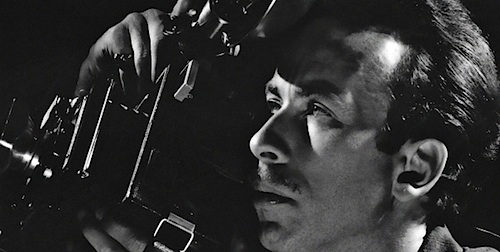
Pashkovsky laughingly concedes to Avrich that he might be the original paparazzi, but he always asked permission first. It is a point worth stressing. Since everyone recognized him from his studio work, nobody turned him down. Clearly, they had good reason to trust Pashkovsky, considering he almost never sold his pictures to publications. However, some of his shots might have well served his subjects’ publicity campaigns. His photos are candid, but never embarrassing. In some cases, the stars look better without their elaborate makeup and wardrobe.
There is a great deal about Pashkovsky that is both touching and instructive. He faced professional disappointments in life, but still made the best of things. He also found a measure of artistic satisfaction independently producing his own short subjects. It is therefore quite nice to see Pashkovsky get his posthumous due. Recommended for its sweetly elegiac tone and Pashkovsky’s wonderful visuals, The Man Who Shot Hollywood screens twice this Thursday (1/14) with Art and Heart at the Walter Reade Theater, as part of this year’s NYJFF.
LFM GRADE: B+
Posted on January 13th, 2016 at 12:41pm.
